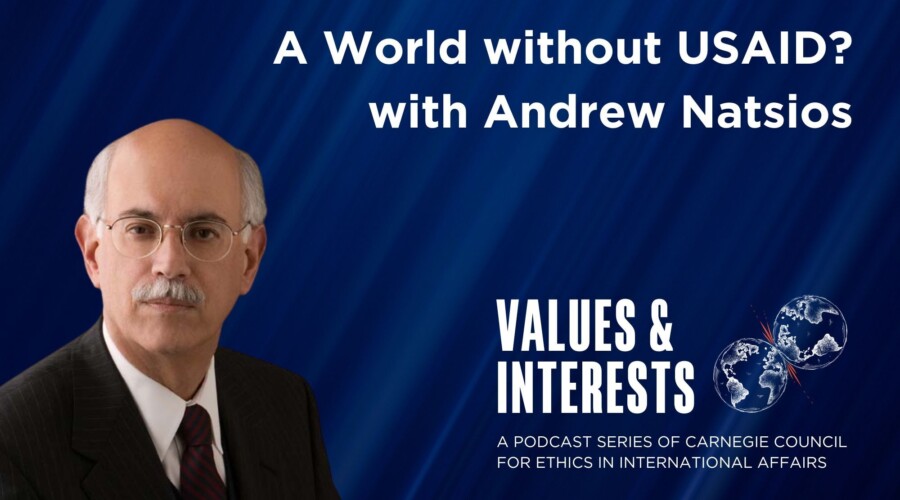There are massive disparities in the wealth and resource use of the world's megacities. Over the past two years, a team of 28 researchers from 19 countries conducted the first comprehensive study of the inflows and outflows of energy and materials for the world's 27 megacities, i.e. metropolitan areas with over 10 million people. The megacities range from Tokyo (34.0 million people) to Shenzhen (10.4 million). The study, published in the Proceedings of the National Academy of Sciences, found that the energy and material flows vary considerably between megacities. Rates for the lowest and highest consuming megacities differ by a factor of 28 for energy per capita, 23 for water per capita, 19 for waste production per capita, and 35 for total steel consumption.
Not surprisingly, the wealthiest megacities generally use the most resources and produce the most wastes per capita, with New York having the highest metabolism of all. The New York metropolitan area (pop. 22.2 million) uses more energy than any other megacity. New York even uses more energy than Tokyo (34.0 million), due to higher per capita use of transportation and heating/industrial fuels. Eleven megacities (New York, Tokyo, Moscow, Seoul, Los Angeles, Shanghai, Guangzhou, Osaka, Tehran, Mexico City, and London) consume in excess of 1 million Giga Joules per year. New York's use of 2.8 million Giga Joules per year is equivalent to the energy provided by an oil supertanker approximately every 1.5 days.
At the other end of the spectrum, many of the world's megacities are consuming resources at rates below those which support a basic standard of living for all citizens. Substantial proportions of residents in some megacities—particularly in South Asia—have no access to basic services such as clean water, sewerage, electricity, and formal waste disposal. Megacities with annual electricity consumption below 2 MWh per capita fail to give 100 percent access to grid electricity. Rates of resource use in poorer megacities need to increase to provide greater quality of life.
Resolving/squaring the resource inequalities between megacities is by no means straightforward. To a significant extent, the per capita energy and material consumption of megacities increase the more spread out they become. Other factors, such as climate, have an influence too, but lower population density correlates with higher per capita use of electricity, heating/industrial fuels, ground transportation fuels, and water consumption. To lower the metabolism of cities, it is well recognized that they need to have more of a compact urban form. The challenge, however, is that cities spread out as they become wealthier; citizens get more living space, levels of personal mobility rise—and consumption increases. Low population density is therefore highly correlated with the per capita GDP of megacities. There are examples of cities that are both wealthy and dense, such as Hong Kong. Is it possible for more cities (i.e., whole metropolitan areas—not just central cities) to develop like Hong Kong? If not, we need to accept that cities will sprawl as part of economic growth—and concentrate on reducing the resource consumption and/or its associated environmental impacts.
We need to find ways of steering urban wealth towards greater resource efficiency. Work on urban scaling laws by Luis Bettencourt, Geoffrey West, and others at the Santa Fe Institute has shown that social phenomena—such as GDP—disproportionately increase as cities get bigger. This was confirmed by the megacity study. In aggregate, the world's 27 megacities are home to 6.7 percent of global population, but account for 14.6 percent of global GDP. The scaling laws also show that provision of urban infrastructure becomes more efficient as cites become larger. The problem is, however, that the wealth effect seems to be dominating the efficiency effect when it comes to resource use by cities. The 6.7 percent of the world's population that lives in megacities produces 12.6 percent of global solid waste, and consume 9.9 percent of global gasoline and 9.3 percent of global electricity. Huge amounts of wealth will be generated as the world continues to rapidly urbanize; directing this wealth towards more equitable and environmentally sustainable urban development is one of humanity's greatest challenges.
References:
Kennedy, C. A., et al. (2015). Energy and material flows of megacities. Proceedings of the National Academy of Sciences, 112(19), 5985-5990.




